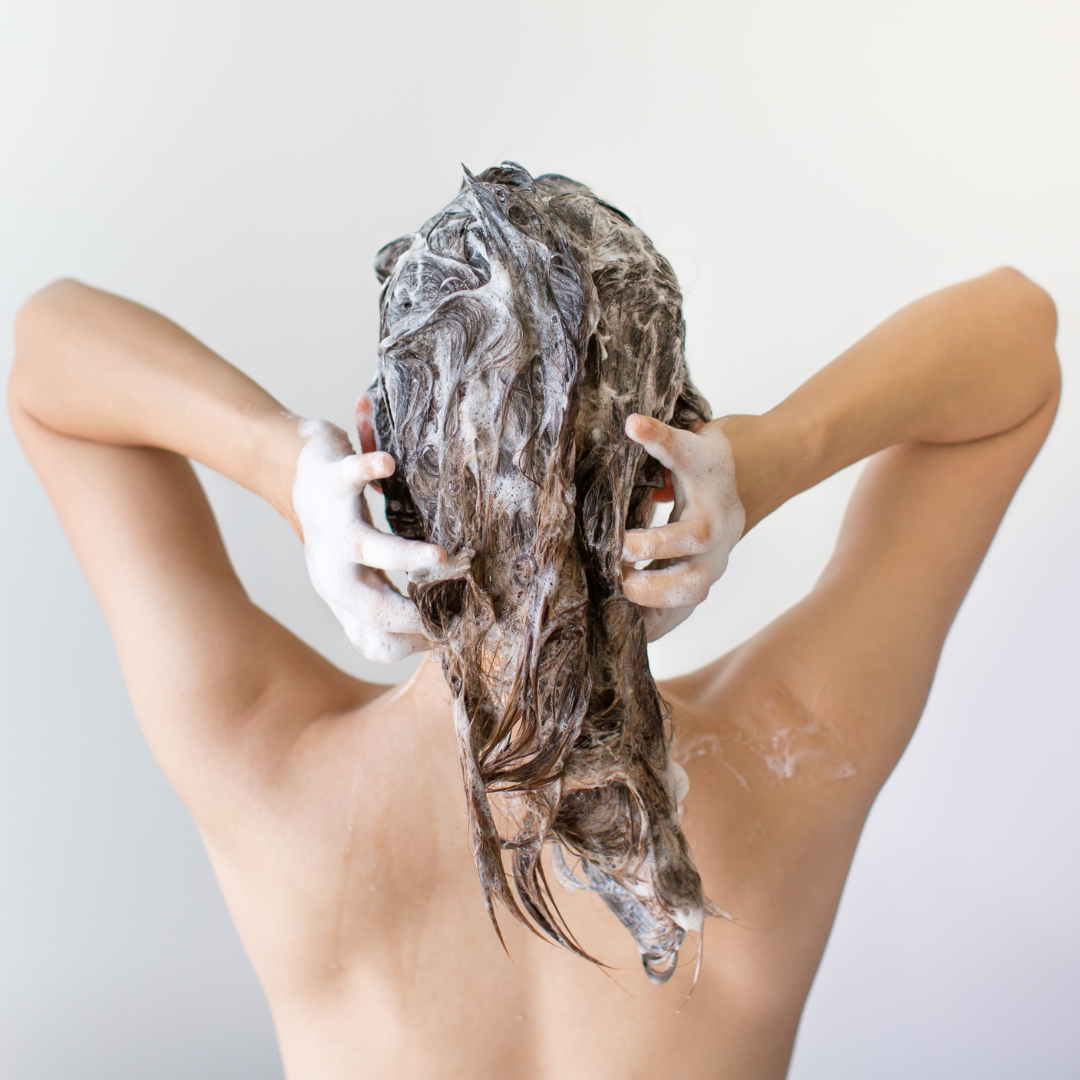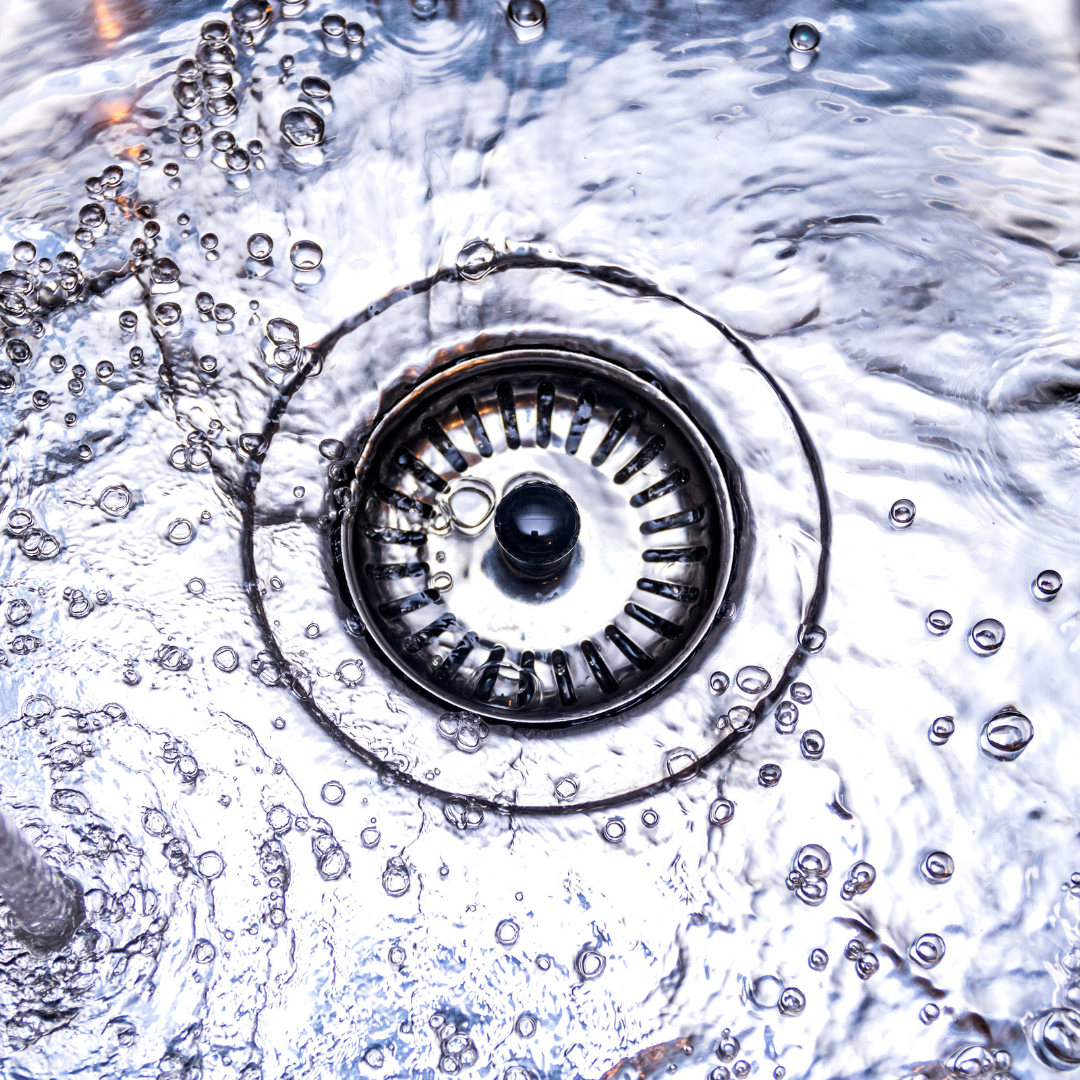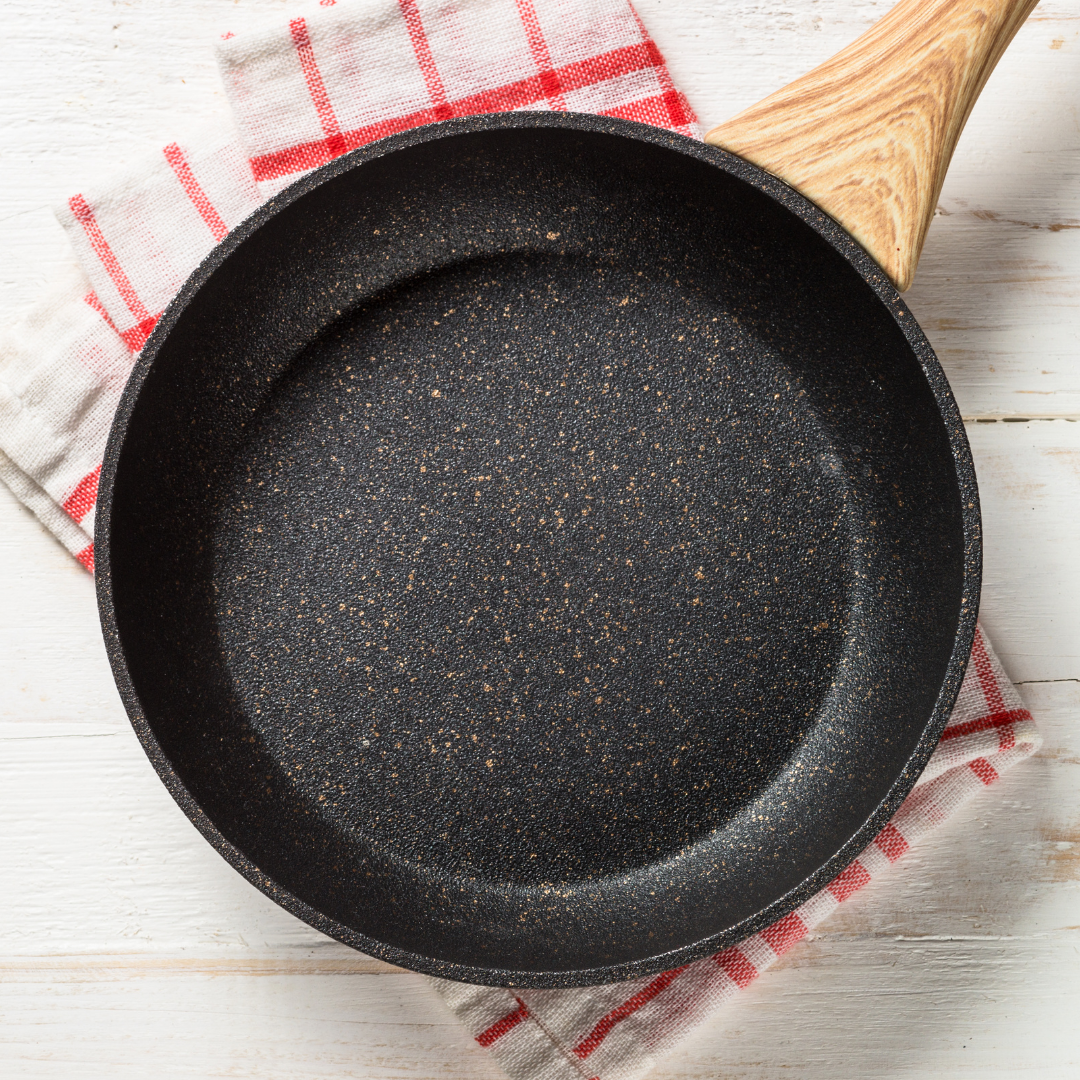KBW | Do You Need to Worry about Detox and Common Toxins?

The short answer to this question is: Unfortunately, yes.
We DO have incredible detoxification organs in our bodies and our bodies WERE designed to be able to detoxify on their own. But the sad truth is that the amount of common toxins in our lives today has outpaced our detoxification organs. A thousand years ago, no one needed to do extra detox. But today? Yes. Sadly, we do.

The Cord Blood Study
In a study on the umbilical cord blood of newborn babies, 287 chemicals were detected. Let that sink in before we move on. These were newborn babies; they did not have a lifetime to accrue these chemicals. They were BORN with these. And out of the 287 chemicals, 180 of them are known to cause cancer in humans or animals, 217 of them are toxic to the brain and nervous system, and 208 of them also have been known to cause birth defects or abnormal development in animal tests. How does this happen? These are chemicals the MOTHER has accrued throughout her lifetime in addition to the toxins she was likely born with as well!
Some of the specific chemicals found in newborn cord blood: are mercury, polyaromatic hydrocarbons, polybrominated dibenzo dioxins, perfluorinated chemicals, polychlorinated dibenzodioxins and furans, organochlorine pesticides, and more. I have linked a more in-depth article for you to read on this study HERE
Where do toxins come from?

In our personal care products:
- Have you ever looked at the ingredient list of your favorite lipstick? Moisturizer? Bodywash? It’s likely full of toxins.
-
We often forget that these common toxins are easily absorbed into our bodies and bloodstreams but think of it like this: how does a nicotine patch work? The user places it on their skin, and through the skin, the body quickly and easily absorbs the nicotine where it goes straight into circulation in the bloodstream. This same process happens every time you put on your favorite face mask, body wash, or hand lotion, and on and on it goes. A GREAT website to check the health and safety of your products is the Skin Deep Database on the Environmental Working Groups' website.
-
I personally ONLY use Beauty Counter products due to their safety profile. All products are approved by the Environmental Working Group, and Beauty Counter has self-banned 1,800 ingredients to keep us safe! They call this the “Never List,” and it can be found HERE

Some common toxins in our beauty products are:
-
Benzalkonium Chloride: A disinfectant used as a preservative and surfactant associated with severe skin, eye, and respiratory irritation and allergies. Found in: sunscreens, and moisturizers.
-
Butylated hydroxyanisole and Butylated hydroxytoluene: Synthetic antioxidants used to extend shelf life. They are likely carcinogens and hormone disruptors and may cause liver damage. Found in: lipsticks, moisturizers, diaper creams, and other cosmetics.
-
Coal tar hair dyes and other coal tar ingredients: A byproduct of coal processing that is a known carcinogen. It is used as a colorant and an anti-dandruff agent. Found in: hair dye, shampoo.
-
Ethylenediaminetetraacetic acid (EDTA): A chelating (binding) agent added to cosmetics to improve stability. May be toxic to organs. Found in: hair color, moisturizers.
-
Ethanolamines (MEA/DEA/TEA): Surfactants and pH adjusters linked to allergies, skin toxicity, hormone disruption, and inhibited fetal brain development. Found in: hair dyes, mascara, foundation, fragrances, sunscreens, dry cleaning solvents, paint, and pharmaceuticals.
-
Formaldehyde: Used as a preservative in cosmetics. A known carcinogen that is also linked to asthma, neurotoxicity, and developmental toxicity. Present where quaternium-15, DMDM hydantoin, imidazolidinyl urea, diazolidinyl urea, sodium hydroxymethylglycinate, 2-bromo-2-nitropropane-1,3 diol (Bronopol), and several other preservatives are listed. Found in: shampoo, body wash, and bubble bath.
-
Hydroquinone: A skin-lightening chemical that inhibits the production of melanin and is linked to cancer, organ toxicity, and skin irritation. Found in: skin-lightening creams.
-
Methylisothiazolinone and methylchloroisothiazolinone: Chemical preservatives that are among the most common irritants, sensitizers, and causes of contact skin allergies. Found in: shampoo, conditioner, body wash.
-
Oxybenzone: Sunscreen agent and ultraviolet light absorber linked to irritation, sensitization and allergies, and possible hormone disruption. Found in: sunscreen, moisturizer.
-
Parabens (methyl-, isobutyl-, propyl- and others): A class of preservatives commonly used to prevent the growth of bacteria and mold. Parabens are endocrine (or hormone) disruptors, which may alter important hormone mechanisms in our bodies. Found in: shampoo, face cleanser, body wash, body lotion, and foundation.
-
To read more about what I use with Beauty Counter and why, head over to this blog→

In our water:
- Just because you don’t live in lead water-filled Flint Michigan doesn’t mean your water is clean. Water can become contaminated at various points, not just from pipes. Our water supply is full of pharmaceutical residue, arsenic, pesticides, and herbicides from farming runoff, and so much more.
- To find out more about the tap water in your area, simply plug your zip code into the Environmental Working Group database HERE
-
Some of the most common water contaminants are (each contaminant is hyperlinked if you would like more information on any of them):

In our air:
-
You might think your air is ok because you don’t live near a huge factory or in the city, but sadly, so much of our air supply today is polluted. For example, I live in Portland, Oregon, which you would think would have decent air quality. But this report by The Portland Pollution Research Group and the Department of Sociology and Environmental Studies at Lewis and Clack showcases just how many major polluting factories there are in my area. Read it HERE
-
But what’s even worse than the air outside is the air inside. The EPA officially declared indoor air quality worse than outdoor air quality and has stated how problematic this is given most Americans spend 90% of their time indoors. Source: https://www.epa.gov/report-environment/indoor-air-quality
-
A lot of this has to do with the “in your home” chemicals I listed above, but in addition to building supplies creating a toxic environment, toxic cleaning supplies contribute to this as well. That’s why I ONLY use all-natural, essential oil-based doTERRA to clean my home. To get started creating your own healthy house cleaning kit, head to doTerra HERE (Bonus tip: make sure you sign up to be a “member.” It’s normally $35 for the year to do so, but the fee is waived when purchasing this kit. Plus, when you are a member you receive money back on EVERY purchase, AND you receive all products for wholesale prices instead of retail. And there’s literally no downside. You don’t have to buy a certain amount of things monthly, etc., just sign up once and get discounts all year long. Kind of like a Costco membership!)

In our kitchens:
-
Nonstick pans are a huge offender, and even some of those ceramic pans masquerading around as healthier alternatives are full of toxic nonstick chemicals.
-
The plastics we use to cook and store our food are also toxic, and no… BPA-free plastics aren’t any better. In fact, the alternative is often MORE toxic than the original BPA is (but since consumers haven’t caught on to this yet, the companies are free to use them!).

In our homes at large:
-
Building materials are incredibly toxic.
-
Some wood is treated with a known carcinogenic agent CCA (chromated copper arsenate), and others are full of formaldehyde either in the finish or in the glues used to secure the boards or carpets.
-
Although many paints these days are “low VOC” (volatile organic compounds), they still contain measurable and damaging amounts of these common toxins.
-
The preservatives used in premixed drywall, caulking, and other premixed products are toxic as well.
-
Other common toxins in the home are phthalates are known as plasticizers and can be found in vinyl flooring.
-
Another area of toxins is perfluorinated compounds (such as PFOAs) which are used to make surfaces nonstick, as in the scotch guard used on furniture and clothing, carpet, furniture, and more.
- Polybrominated diphenyl ethers (PBDEs) are flame retardants. These have been associated with liver toxicity, thyroid disease, developmental and reproductive toxicity, and developmental neurotoxicity. Yet, they are widely used in mattresses, cushions, insulation, and more.
-
The problem is that today’s homes are built to be airtight for energy conservation reasons... but this exacerbates the toxic air problem due to the lack of fresh air in the home. So once toxins come in... they stay.
-
For more information on the health of building materials, visit the National Center for Healthy Housing website HERE
I’ll ask you now: Do you need to worry about detox and toxins?
What do you think?
If, after reading this blog, you’re thinking, Yes, I need to worry about toxins! You are correct. We do have powerful detoxification organs, but they are not powerful enough to contend with all of the above on their own. We need to actively work alongside our bodies to reduce the risk of exposure to these known carcinogens (cancer-causing agents), obesogens (obesity-causing agents) and disease-causing agents.
So, what do we do? Step one is to STOP putting all of these common toxins in your body. That is the absolute first step. There is no point in bailing out a sinking boat if there is still a hole in the bottom, right? I know this can feel incredibly overwhelming, and that’s why I dedicate an entire module in my program, the KB Code, to helping you reduce your exposure to toxins step by step, one at a time.
Option one is to spend the next year Googling all of these things yourself and trial and erroring your way through.
Option two is to join me inside my program and let me guide you step by step, resource by resource. For more information on the KB Code, head over to this page for a full run down and an opportunity to book a free call with me to see if you’re a good fit for my program!
Are you ready to start feeling better?
My team and I are here to partner with you on your health goals.
Find out more about working with us here ↓



